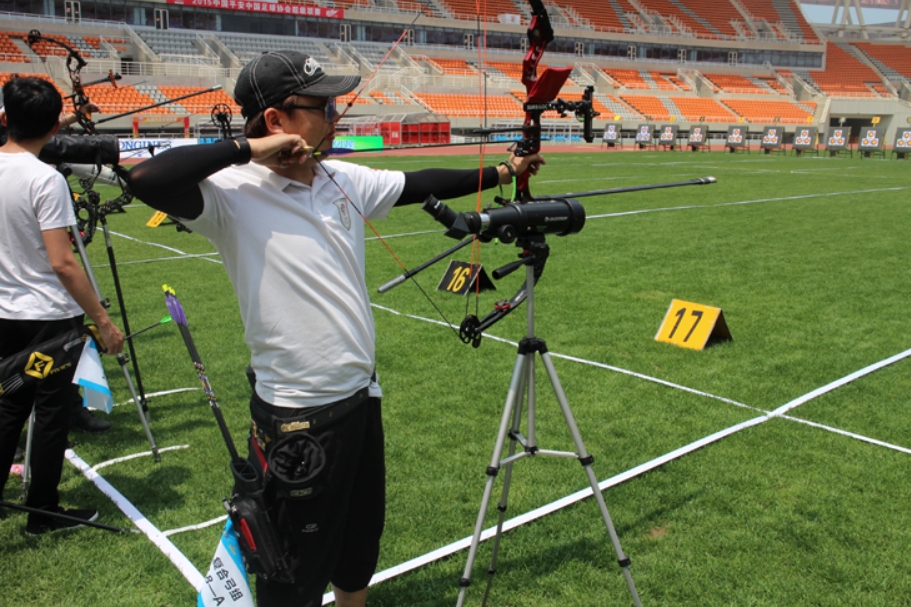Release time:2025-02-12 14:09:12Clicks:author:SPG ArcheryMain categories:Bows, Arrows, Archery Accessories

Everyone knows that hitting the inner circle of the ten rings is also a ten ring, but it will be written as X when recorded. One of the important functions of X is that whoever has more X wins when the scores are the same. Since the one with more X wins, why do we still use the "Golden Arrow" to decide the winner? Today we will explore under what circumstances the "Golden Arrow" is used to decide the winner.
Let's first take a look at what the rules of the International Archery Federation say: All rounds are arranged in the following order: Outdoor: The one with more than 10 rings ranks first when the number of rings is the same, and the one with more X ranks first when the number of 10 rings is the same. Indoor: The one with more than 10 rings ranks first when the number of rings is the same, and the one with more than 9 rings ranks first when the number of 10 rings is the same. If the scores are still equal after the above ranking, they are considered tied. In order to clarify the position in the pairing table, a coin toss is used to determine.
At this time, what needs to be seen clearly is the round, which we can understand as the "qualifying round". At this time, the number of X plays a decisive role. So this is why the "Golden Arrow" is rarely seen in the qualifying round. Then let's look at what the World Archery Federation rules say about the tie-break final: If there is a tie in the final, the competition or when the top 8 are ranked, a tie-break final will be held to break the tie. The final is easy to understand, there is only one champion. For example, in the compound archery final, everyone scores 150 full rings, and then the "Golden Arrow" is used to decide who is the champion.
The competition is similar to the final, and the purpose of the competition is to determine the winner. Let's focus on the top 8. What this means is that if the 8th and 9th place scores are the same in the qualifying or qualifier, only one athlete can enter the elimination round. So the "Golden Arrow" is used to decide who can enter the elimination round. Similarly, if it is a 1/64 elimination round, the 64th and 65th place have the same ring, and the "Golden Arrow" is also needed to decide the winner. In summary, the simple understanding is that when there is a tie in the ranking that can affect the player's promotion to the next round, the "Golden Arrow" needs to be used to decide whether the player stays or leaves.